Did you know that the term "computer" originally referred to people who performed calculations and computations, rather than machines? Not only that, many of the early “computers” were women, with about half of all computers being women in 1944. Going further back, it was a woman, born just under 200 years ago, that’s known as the first computer programmer.
Ada Lovelace is her name and today, 8th October, is a celebration of her and, more widely, women in science, technology, engineering and mathematics (STEM).
It’s a subject close to our hearts at NOC, especially at our Liverpool site where, until around the 1960s and the advent of digital computers, women “computers” were fundamental to predicting the world’s tides.
Liverpool’s tidal computers
It was mostly women “computers” that programmed the pioneering tide prediction machines developed by the Liverpool Tidal Institute (LTI) – now part of NOC – then based at Bidston Observatory on Merseyside. Pictured below is a team of these computers at from 1953.
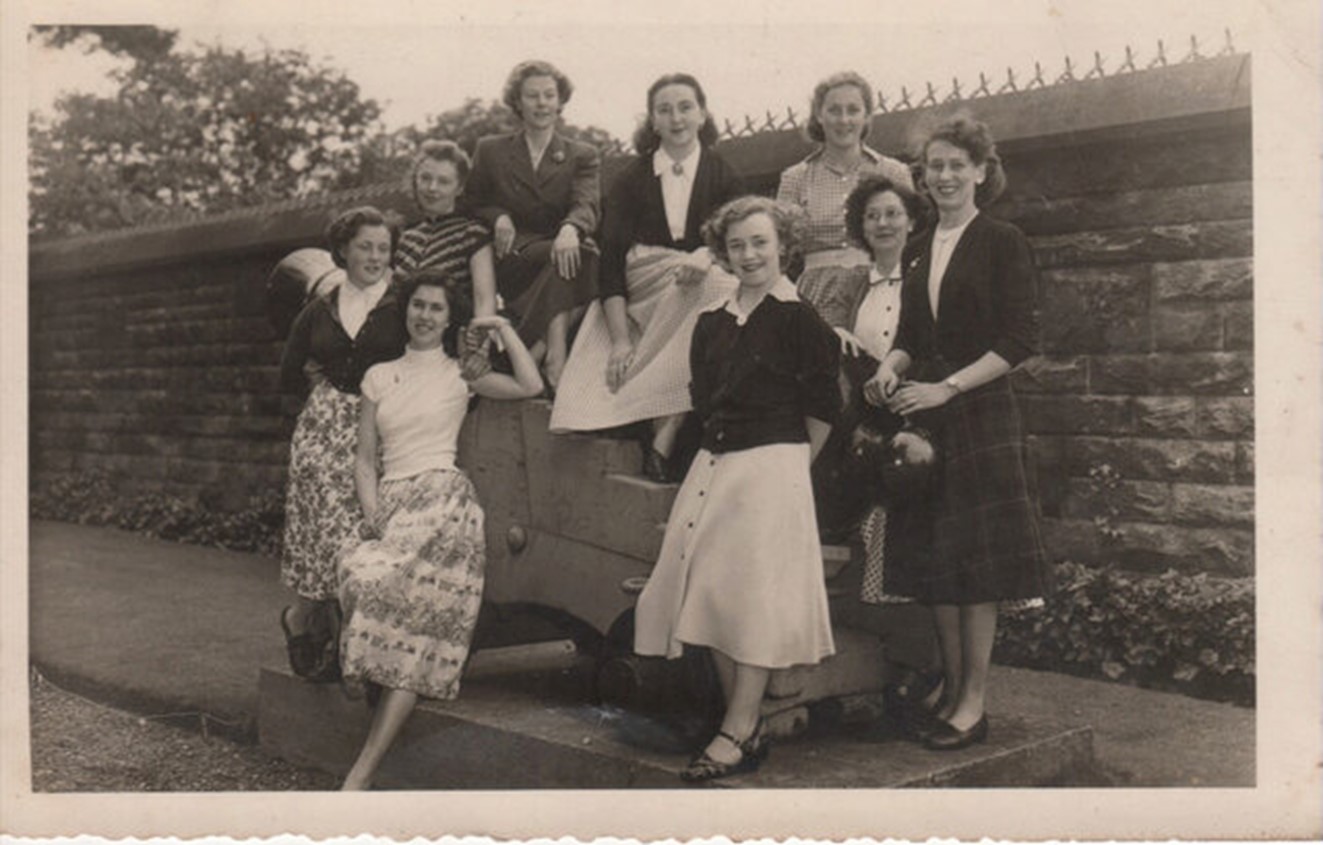
Their work helped support safe navigation, coastal and port operations. They also played a vital role in events such as the D-Day landings, where tidal predictions were critical to the successful pivotal World War II operation.
Today’s “computers” at NOC are still involved in tidal, as well as ocean current and waves and even biochemistry modelling. Instead of the using intricate analogue tidal prediction machines, they are leveraging today’s digital super-computing capability.
This modern computing capability lets us do in seconds what could take days with the analogue machines, to help us unravel the big questions we have about our changing ocean.
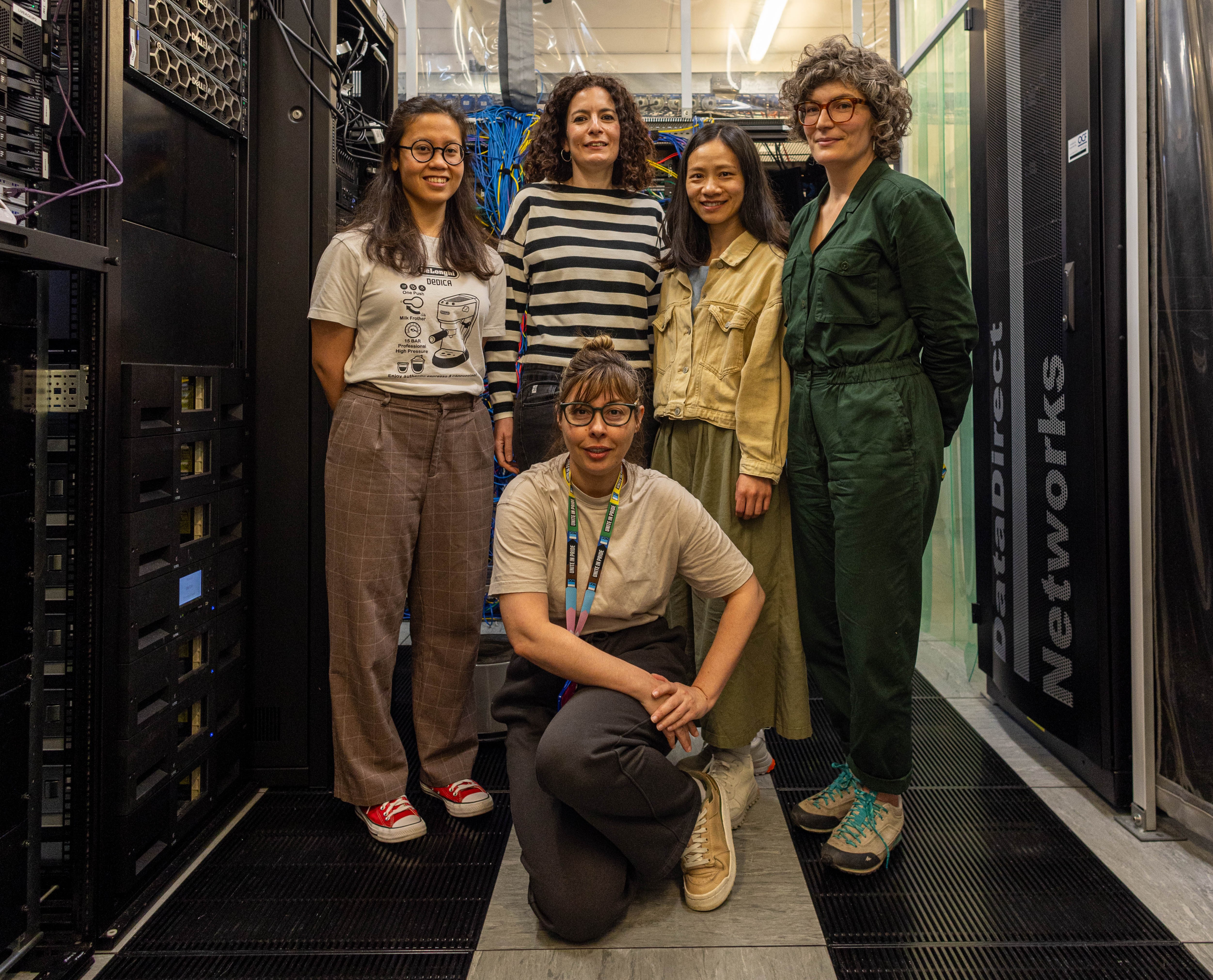
Today's computer modellers: (L-R) Dr Prima Anugerahanti, Dr Michela De Dominicis, Dr Xiaoyan Wei, Dr Marta Payo Payo and, at the front, Dr Anna Katavouta.
Recognising women in STEM
But, alongside Ada Lovelace, who do our modern “computers” admire in the world of women in STEM? We asked a group of our modern “computers” and modellers from our Liverpool site (pictured above) and found out. Read on to discover more.
Dr Prima Anugerahanti - Global biogeochemical model developer:
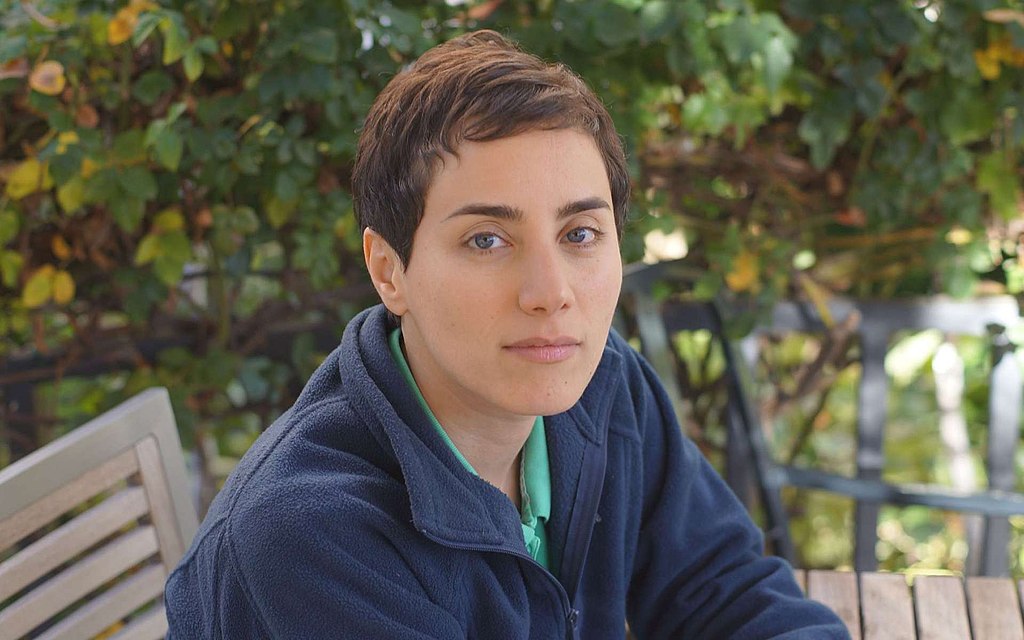
Maryam Mirzakhani (1977 – 2017) was the first woman to be awarded a Fields Medal, a major award for mathematicians under the age of 40. She was an Iranian mathematician who worked in the geometry of Riemann surfaces. In physics, you have Marie Curie, the first woman awarded the Nobel Prize in 1903, and 110 more years later, Maryam Mirzakhani won the highest prize in mathematics, showing how difficult it is for women in mathematics to be recognised. Her passion in problem solving inspired me to pursue a career in science during my time as an undergraduate.
Maryam’s colleagues knew her as someone who liked tackling the most difficult questions with persistence. Unlike some mathematicians, she referred to herself as “slow”; she preferred deep problems that need months or years to solve. She doodled and drew images related to her research, which helped her focus and stay connected to her problem. Her research connects to many areas of mathematics, including differential geometry, complex analysis and dynamical systems.
Dr Michela De Dominicis - Ocean modeller:
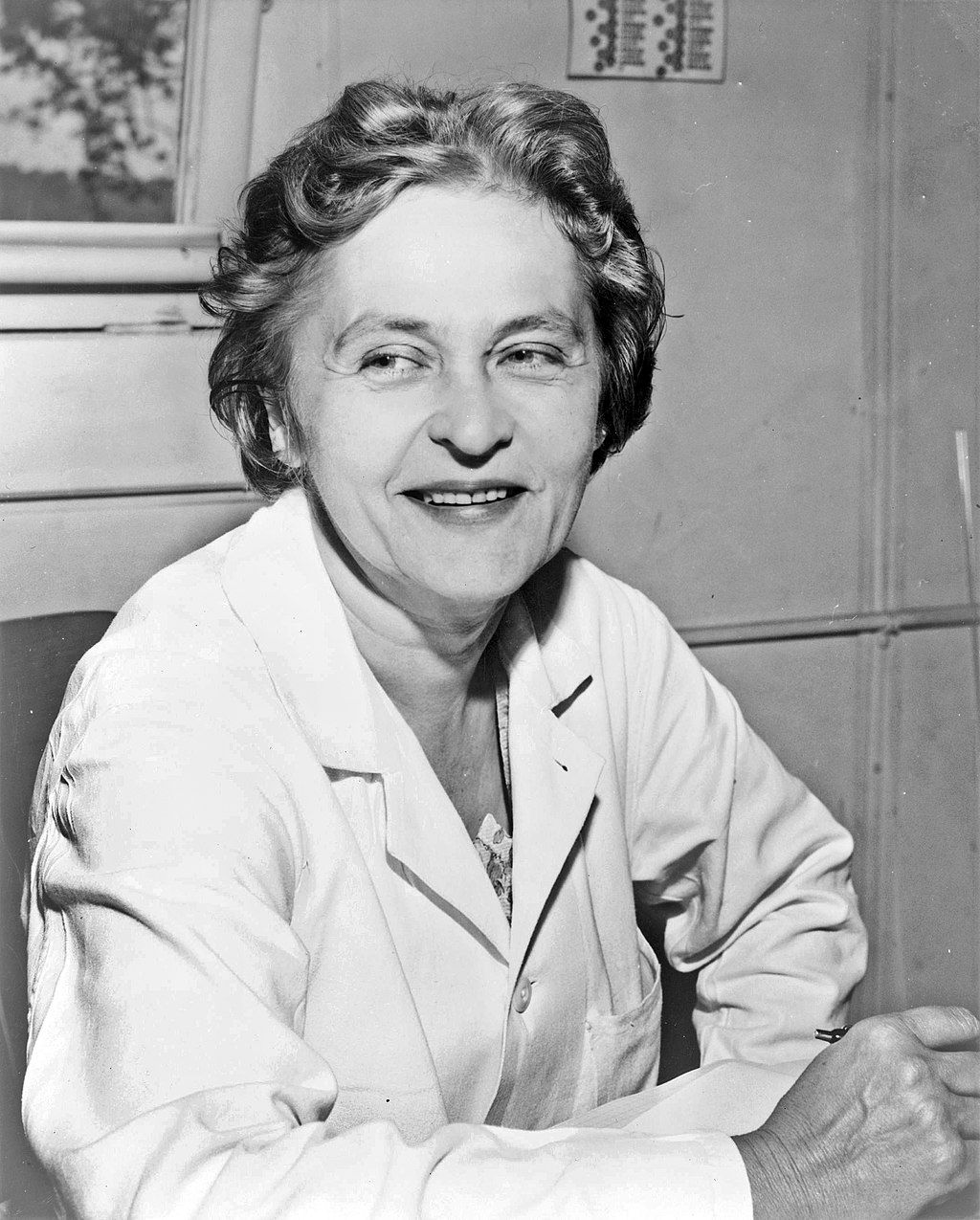
The “sun queen” Mária Telkes (1900 – 1995) pioneered solar power. She is a Hungarian-American physicist that patented more than 20 pieces of technology that harness the sun’s rays to create clean energy. She invented a solar distiller to provide more accessible drinking water. Alongside American architect Eleanor Taymond, she designed and constructed the first modern home heated with solar power. Mária Telkes also created a method to store solar renewable energy and developed an easy-to-use solar oven for cooking food in remote areas.
I’ve chosen her since a big part of my work is about offshore renewable energy. Mária Telkes was a pioneer in this field and believed that solar energy could replace fossil fuels. I believe offshore renewable energy can help replacing fossil fuels also. To achieve this, I run “ocean models” on super computers to investigate what is going to happen in the ocean if we install many offshore renewable energy devices, like offshore wind turbines and underwater tidal turbines.
Our ocean model simulations utilise the knowledge of the ocean process involved to ensure that the expansion of offshore renewable energy is achieved with minimum environmental impact.
Dr Xiaoyan Wei – Coastal researcher:
Wang Zhenyi (1768–1797) was a pioneering Chinese scholar during the Qing Dynasty, renowned for her contributions to both astronomy and mathematics.
In an era when women had extremely limited access to education, Zhenyi defied societal norms by dedicating herself to the study of these fields and even learned medicine in her youth.
She is best known for her innovative work in astronomy, where she accurately explained lunar eclipses and the motions of celestial bodies. Despite having access to only basic tools, Zhenyi conducted simple but effective experiments, such as using a lamp, table and mirror to demonstrate how lunar eclipses occur.
Her contributions to mathematics were equally significant, as she authored simplified texts designed to make complex mathematical concepts more accessible to beginners. Additionally, Zhenyi applied her keen observational skills to meteorology, recording weather patterns and making accurate predictions. By blending Chinese and Western scientific knowledge, she introduced comparative research and broke new ground with her methods. Wang Zhenyi’s groundbreaking work continues to inspire, marking her as a trailblazer in science during a time when few women had such opportunities.
Dr Anna Katavouta – Ocean-climate scientist:
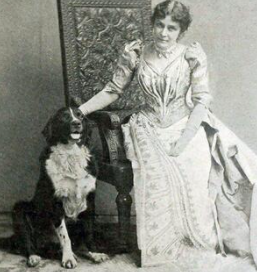
Eunice Newton Foote (1819 – 1888) was the first person to identify the potential of greenhouse gases to influence climate. An amateur scientist and inventor, Newton Foote conducted pioneering experiments despite limited laboratory equipment. She demonstrated how certain gases, such as carbon dioxide, can affect solar heating and hypothesised that an atmosphere with a higher concentration of such gases would lead to an increase in temperature, foreshadowing what we now understand as the greenhouse effect. Her paper, published in the American Journal of Science and Arts in 1856, made her the first American woman to ever publish in a scientific journal in the field of physics.
Newton Foote’s story exemplifies the power of scientific curiosity and tenacity in driving groundbreaking research, even with limited resources. Her work was largely overlooked and her contribution to climate science was only recently recognised, highlighting the shortcomings of historical narratives in traditionally male-dominated fields.
As a female researcher in climate-ocean science, I often draw encouragement from Newton Foote when facing moments of self-doubt. Newton Foote, herself a women’s rights advocate, would undoubtedly applaud her rediscovery story, which serves as an inspiration for women in STEM fields.
Dr Marta Payo Payo – Research scientist:
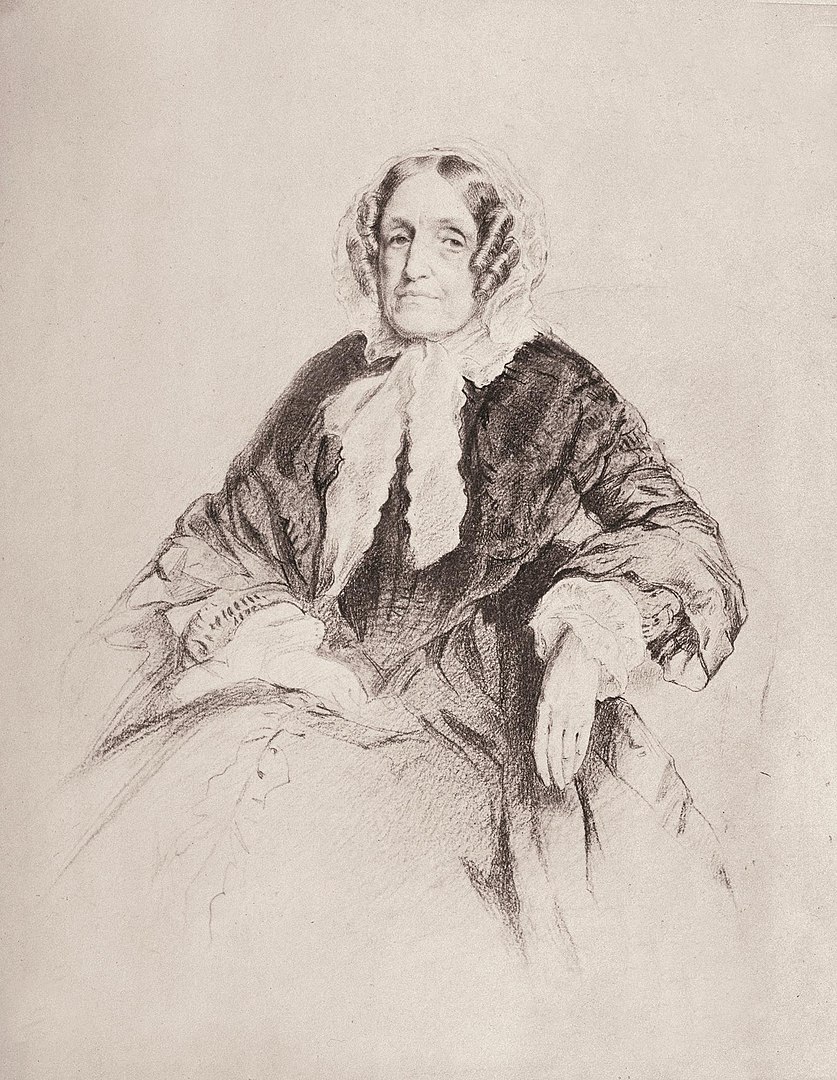
Jane Marcet was a science writer and feminist. She did not make any scientific breakthroughs. Yet, she played a key role in advancing scientific understanding by writing accessible textbooks.
Jane Marcet was born in London 1769 in a family that was part of the intellectual and social elite. She soon realised that she could not keep up with conversations because she didn’t have formal education. Her family and husband Alexander Marcet encouraged her to go on learning and educating herself but the books available required a gentleman level of education.
She decided to write her own textbooks and started the Conversations series with Conversations in Chemistry. Her books are novels that explain science and became bestsellers. Michael Faraday claimed she inspired him into science because he read her Conversations while working at a book binding shop. And Faraday’s work appeared in the last editions of the Conversations in Chemistry. Initially, the Conversations were science books but she also wrote on politics and economics.
Jane Marcet’s books helped spread science across the world. She relied in the encouraging, loving and safe network that supported her, and used her privilege to open the back door and make knowledge accessible for everyone.
The founder of scientific computing
If you don’t know who Ada Lovelace is, read on. Born in 1815, she is considered to be the founder of scientific computing and the first computer programmer.
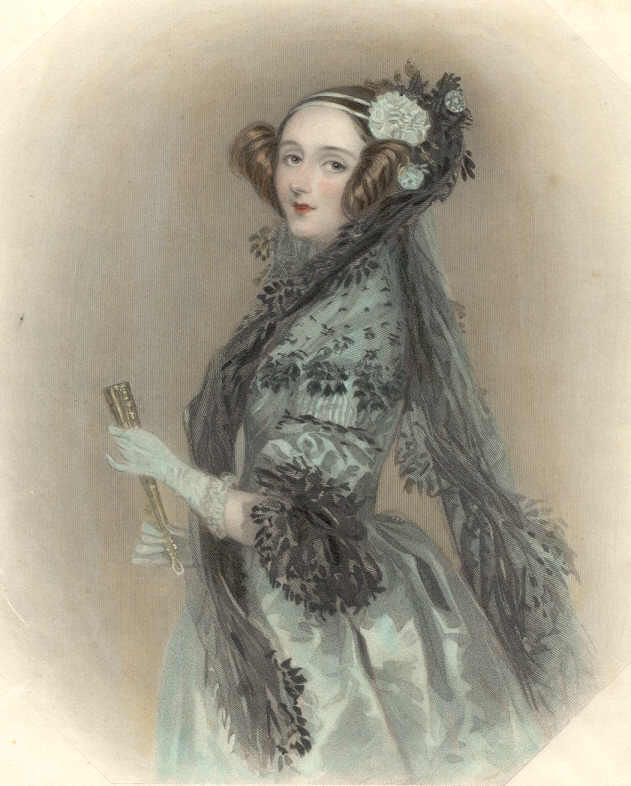
She was the daughter of Lord Byron, but her mother, Anne Isabella Milbanke, ensured she had an education focusing on mathematics and science rather than poetry.
Ada went on to collaborate with mathematician and engineer Charles Babbage, and, in the 1840s, she wrote the first algorithm intended to be processed on his Analytical Engine, an early mechanical computer.
Lovelace’s insights went beyond basic calculations – she recognized the machine’s potential to perform complex tasks beyond numbers, anticipating modern computing concepts by nearly a century.
Find out more about Ada Lovelace.